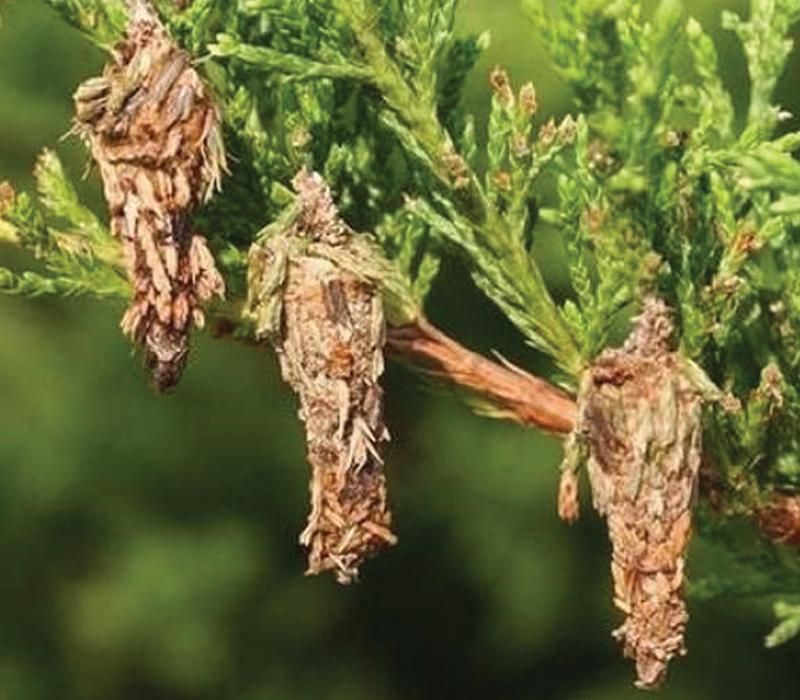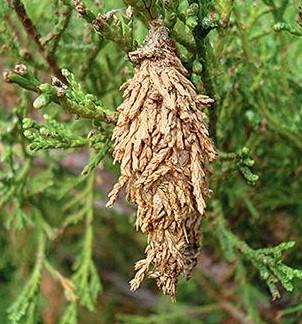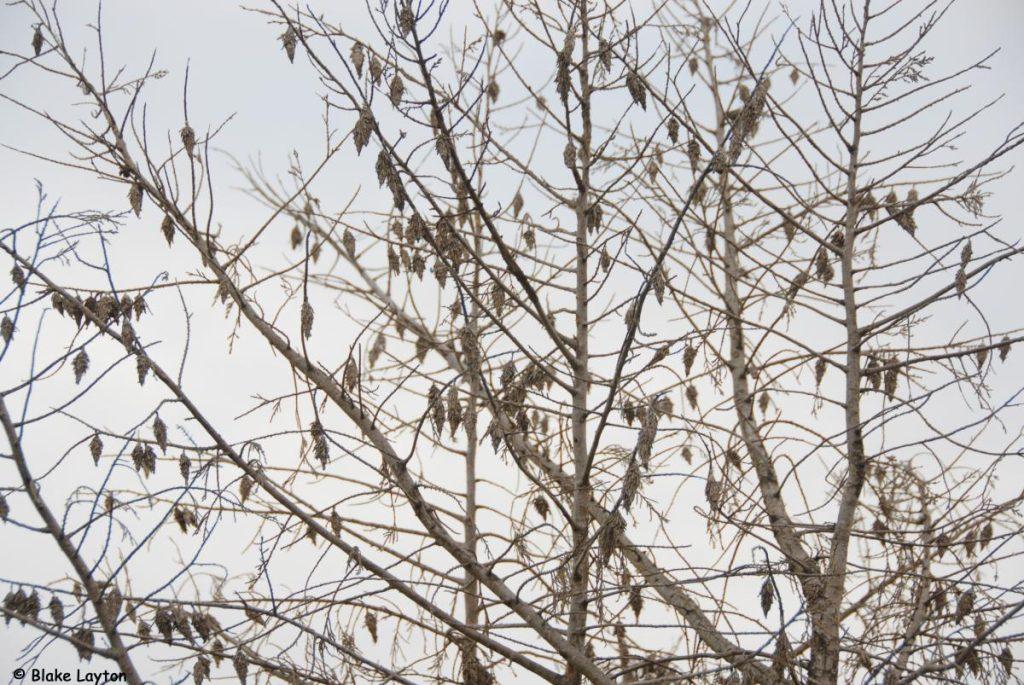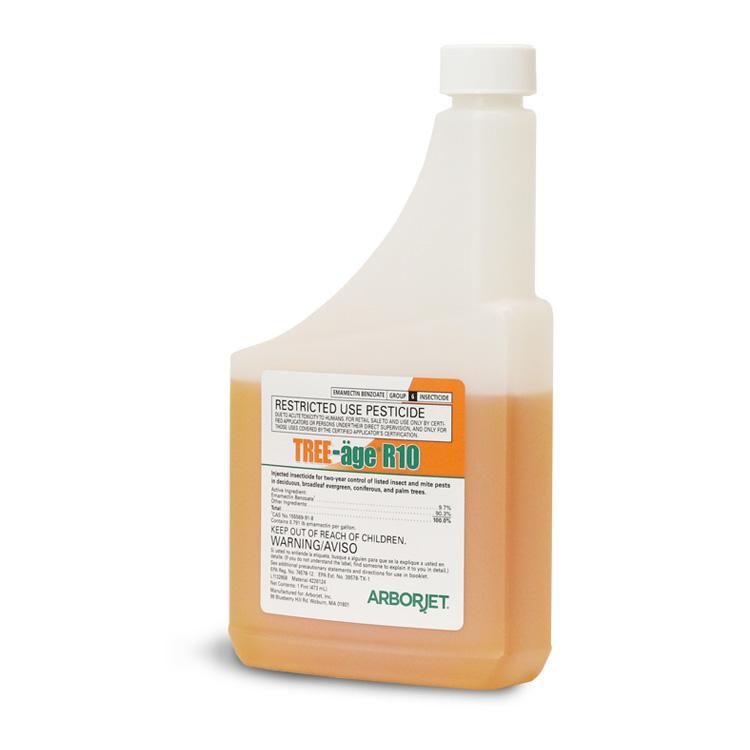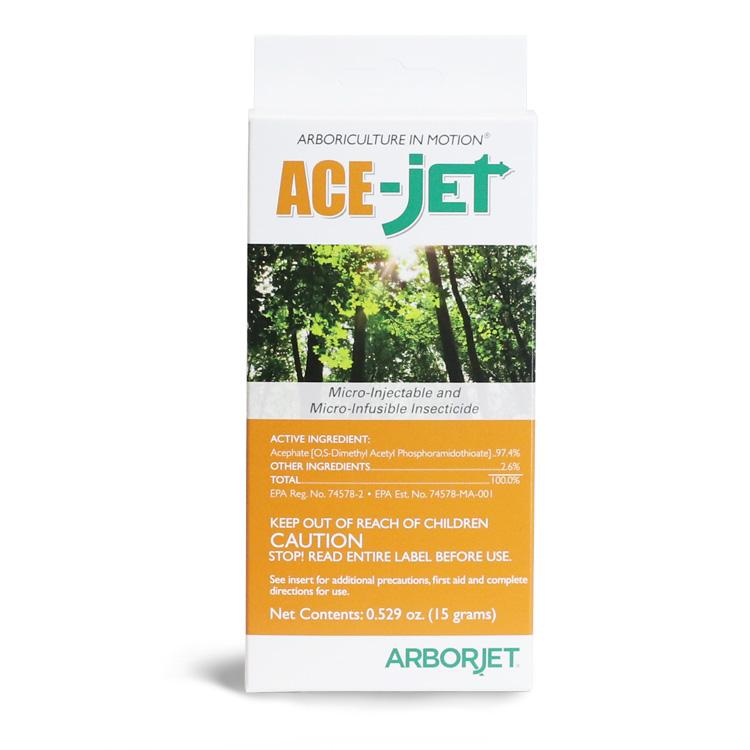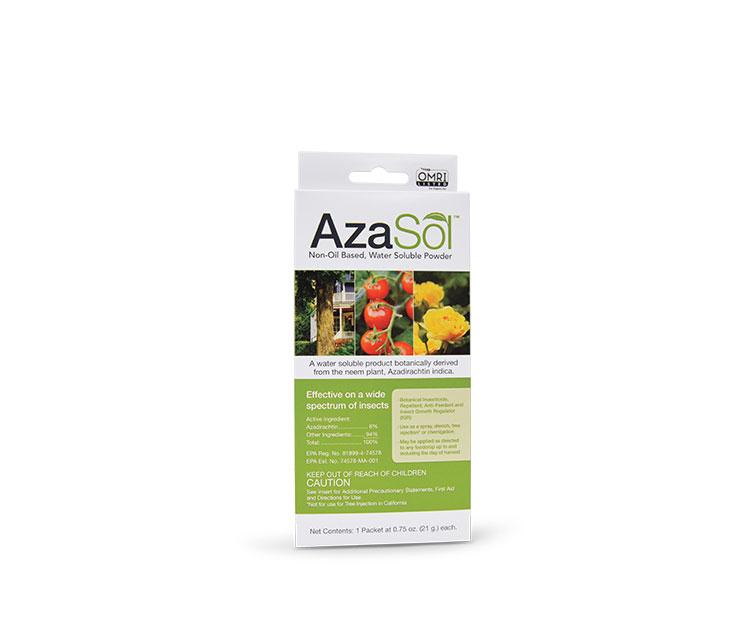Bagworm
The family of Bagworms is comprised of over 1000 species’ whose larvae are enclosed in a woven bag and most species have flightless adult females. The common bagworm, Thyridopteryx ephemeraeformis, is one of the most damaging pests of urban trees and shrubs in the northeastern and southern U.S. Severe infestations can damage the aesthetics and health of host plants, especially juniper and arborvitae species, which are commonly grown in temperate climates.
Common Symptoms
In the spring, very small caterpillars disperse by “ballooning”; spin strands of silk and carried by wind to new hosts. Initial feeding damage by bagworm on evergreen trees causes branch tips to appear brown and unhealthy. As the larvae become larger, their feeding damage becomes more apparent. During the summer, larvae can cause severe defoliation and even death, especially on evergreen species because their leaves are not replenished as readily as those of deciduous trees.
Treatments
Trunk injections of TREE-äge® G4, TREE-äge R10, or ACE-jet™ should be made in spring, when bagworm outbreaks are expected. TREE-äge can provide protection for 2 years. Alternatively, treat with ACE-jet when leaf injury first appears, or when bags are first observed. One application is sufficient to control bagworm. ACE-jet remains active to protect the tree canopy for approximately 3 – 5 weeks. Alternatively, AzaSol®, an insect growth regulator and feeding deterrent, can be applied as a trunk injection, soil drench or foliar spray.
References And Photo Credits
Bagworm Male – North Carolina Extension
Bagworm – Mary Jane Frogge, Nebraska Extension
Bagworm Damage – Blake Layton, MSU Extension
Bagworm Damage On Spruce – Joe Boggs, OSU Extension

